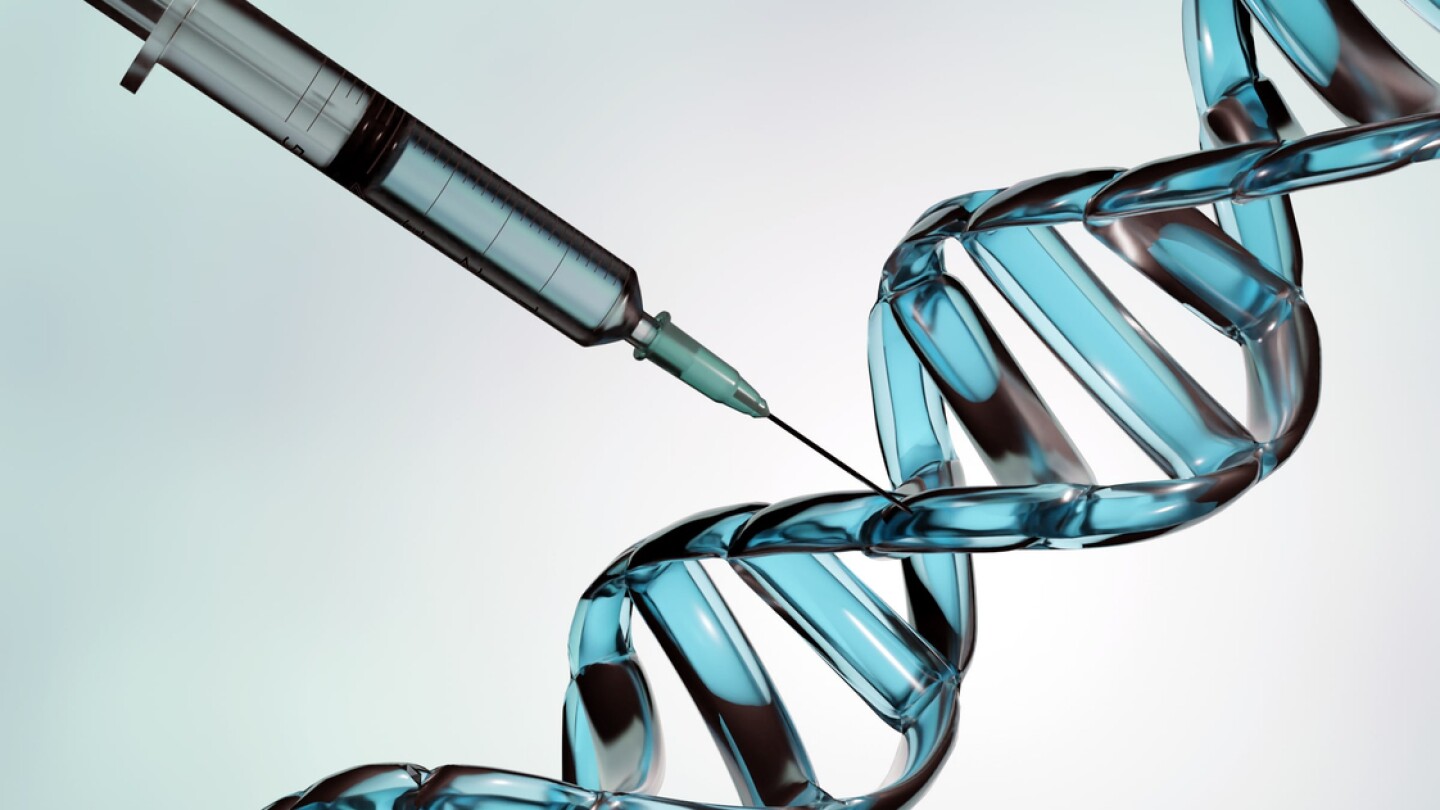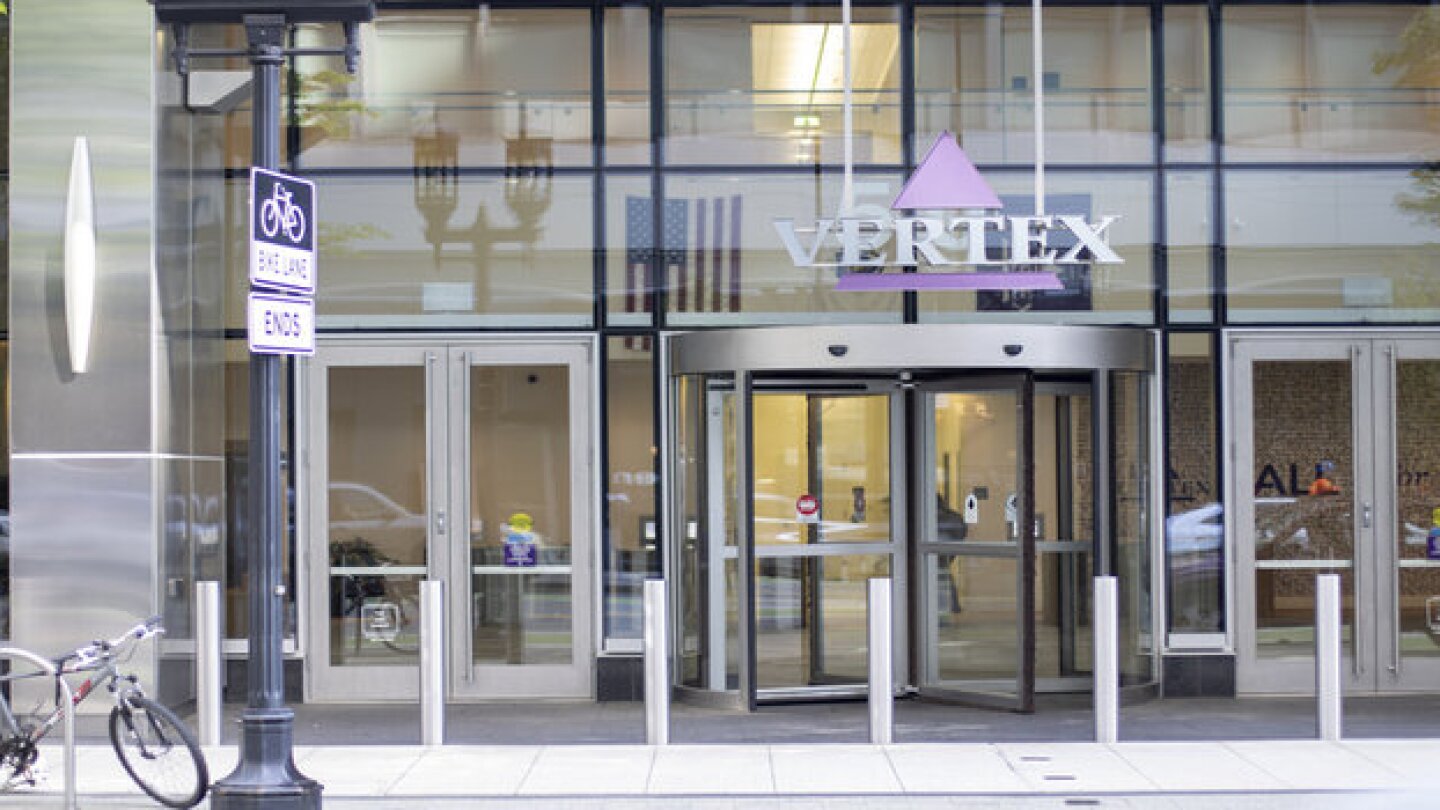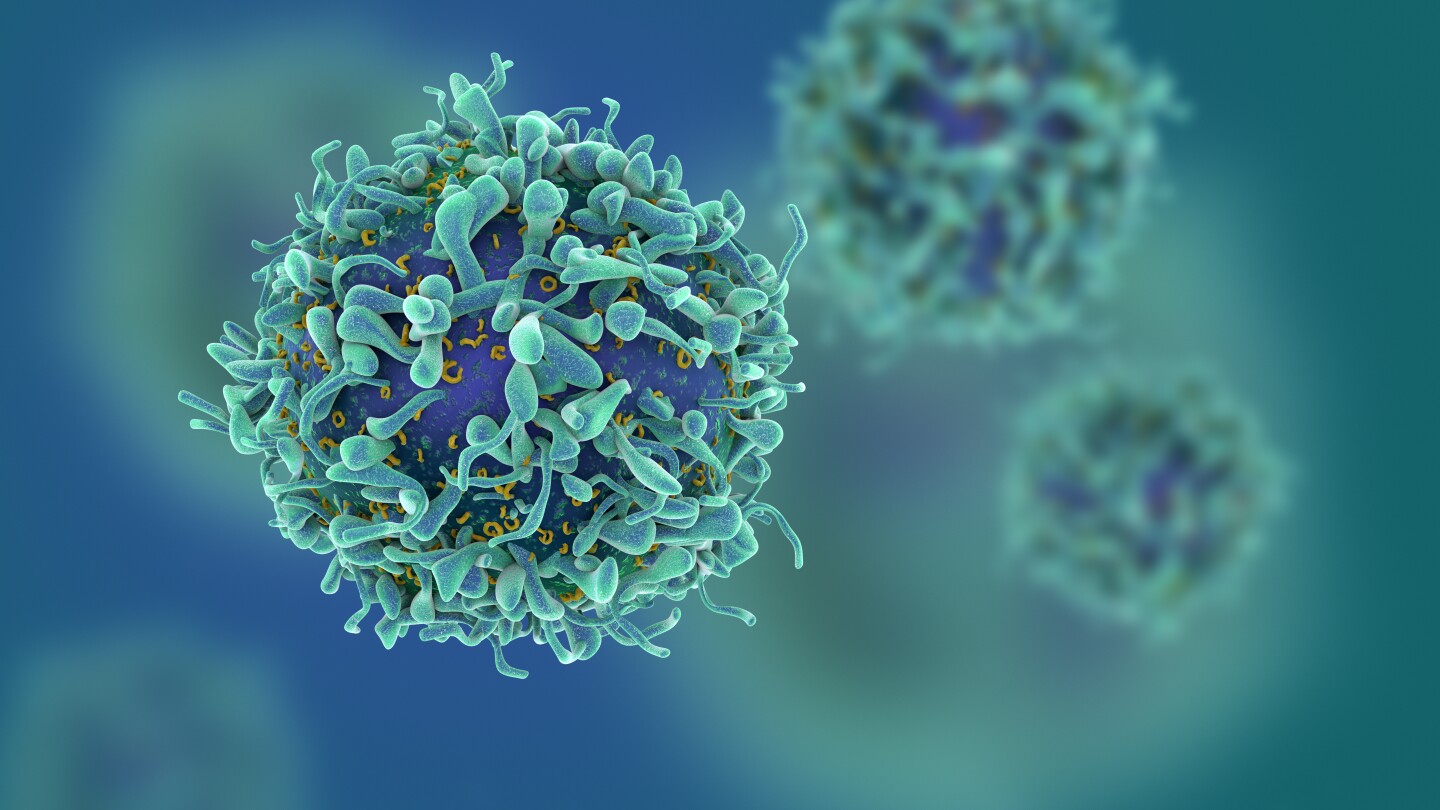Cell and Gene Therapy
THE LATEST
Likely to miss its initiation target, bluebird bio has renegotiated the loan deals of its agreement with Hercules Capital, giving it until June 30 next year—at the latest.
Eli Lilly’s new research and development facility in Boston’s Seaport district will focus on DNA- and RNA-based therapies, as well as other priority areas such as diabetes and obesity.
Patients in the U.K. with transfusion-dependent beta-thalassemia will have access to Vertex Pharmaceuticals’ gene editing therapy Casgevy, thanks to an agreement with the National Health Service on the price.
Experts say the time is now to develop and provide widespread access to genetic medicines for the rarest diseases. What’s more, they say it is a moral imperative.
BioMarin Pharmaceuticals on Monday said it is restricting sales of its hemophilia A gene therapy to three countries in an effort to reduce costs and help the treatment become profitable by 2025.
Longeveron and Lexeo Therapeutics are working on CGT therapies to treat Alzheimer’s disease, but it’s not clear whether they have a better chance of success than traditional approaches.
Ultracompact CRISPR systems, which are in some cases one-third the size of Cas9, are being designed to be more specific and enable in vivo gene editing in difficult to reach tissues.
Approved under the regulator’s accelerated pathway, Tecelra is also the first new synovial sarcoma therapy in more than a decade, according to Adaptimmune Therapeutics.
Sarepta has been hit with another patent infringement lawsuit, this time from Sanofi and its subsidiary Genzyme alleging that the biotech used protected technology related to AAV vectors.
The advantages of using circular RNAs—including increased durability, enhanced protein expression and substantially lower manufacturing costs compared to linear mRNAs—have driven a spate of investment in this technology.










